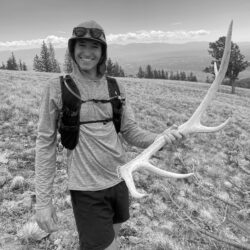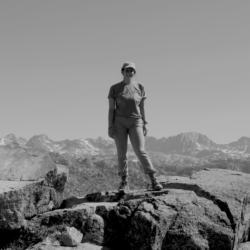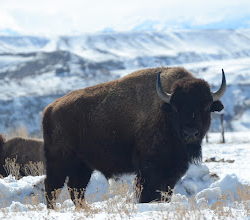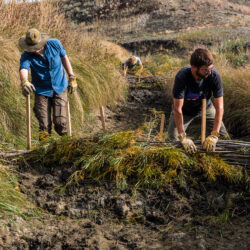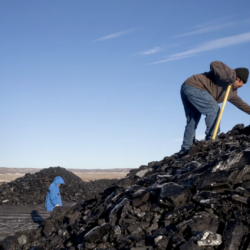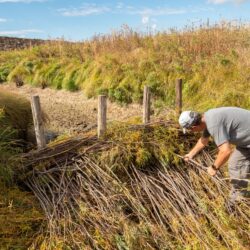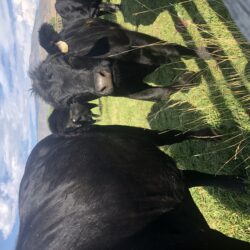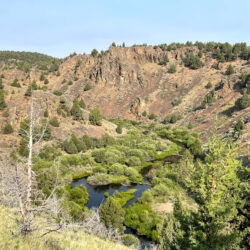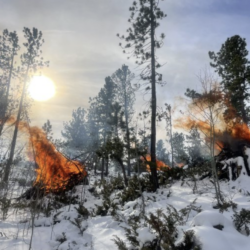Global change effects on soil greenhouse gas exchange and carbon storage along a temperature gradient in the North American Central Grasslands
Most ecosystem and earth-system models predict soil organic carbon losses from temperate grasslands as temperatures increase. However, the magnitude of that loss is uncertain and the influence of other global change factors on the temperature sensitivity of decomposition remains poorly understood. Uthara’s research explores how historical temperature regimes interact with global change factors (i.e., warming, Read more about Global change effects on soil greenhouse gas exchange and carbon storage along a temperature gradient in the North American Central Grasslands[…]


